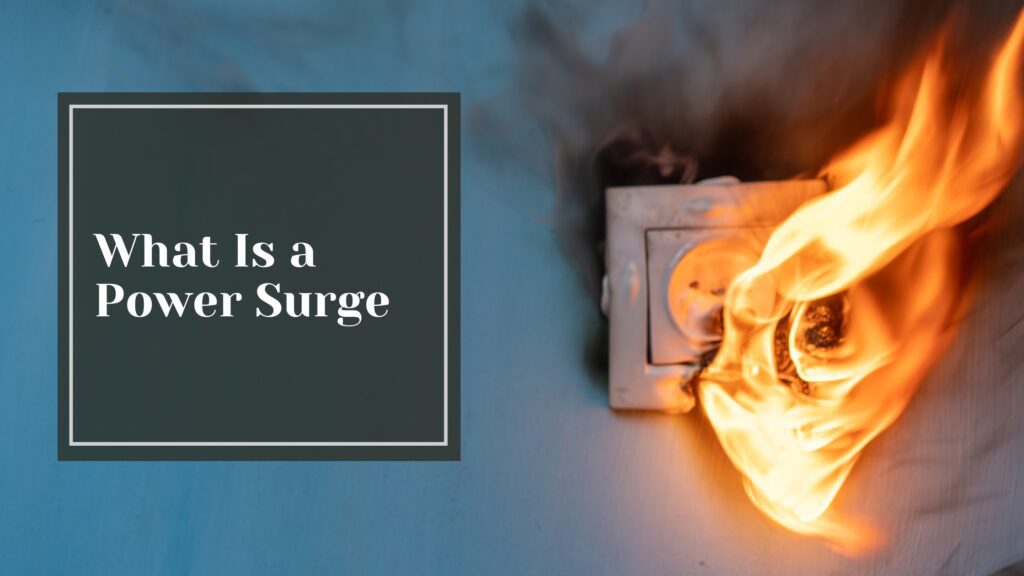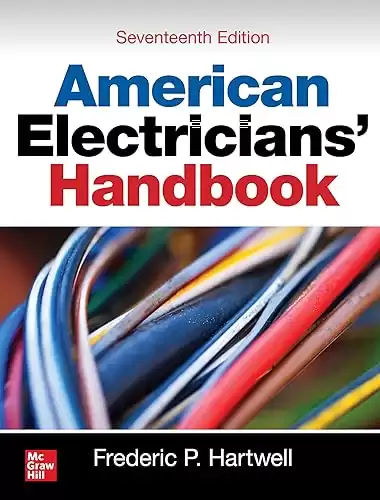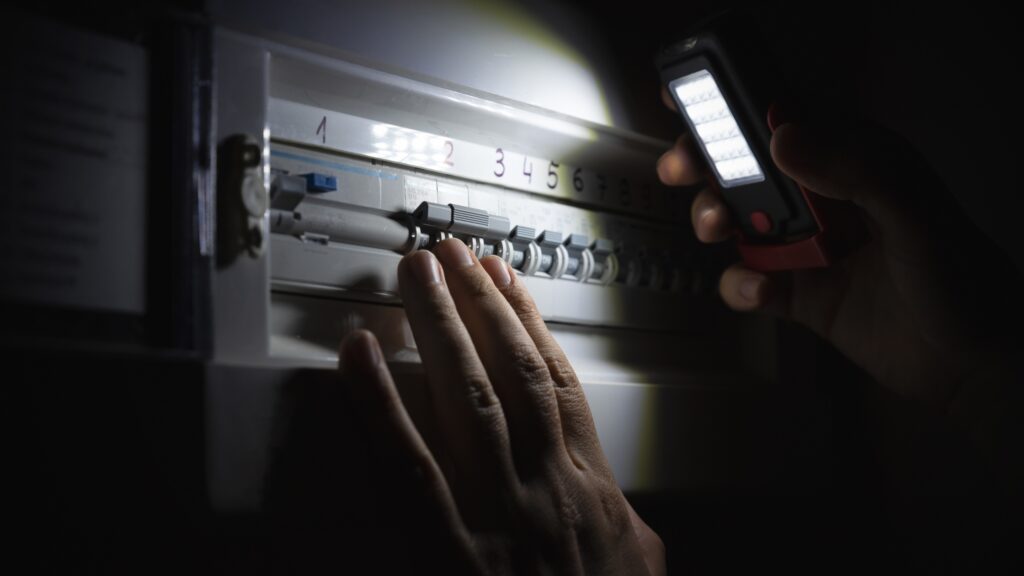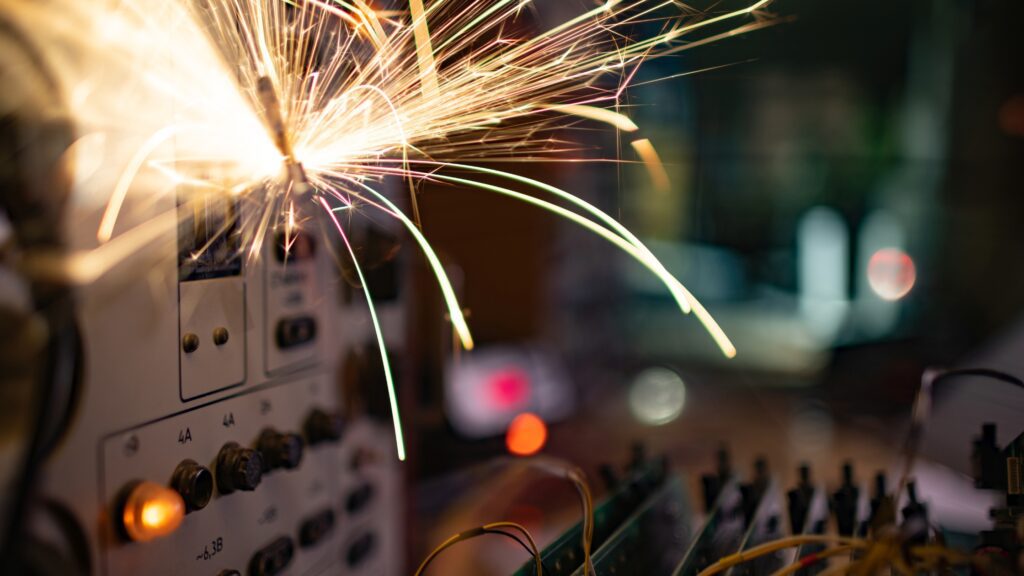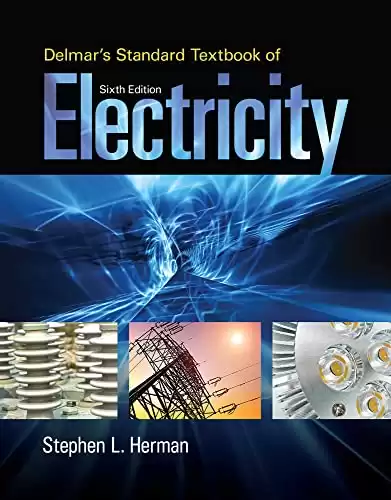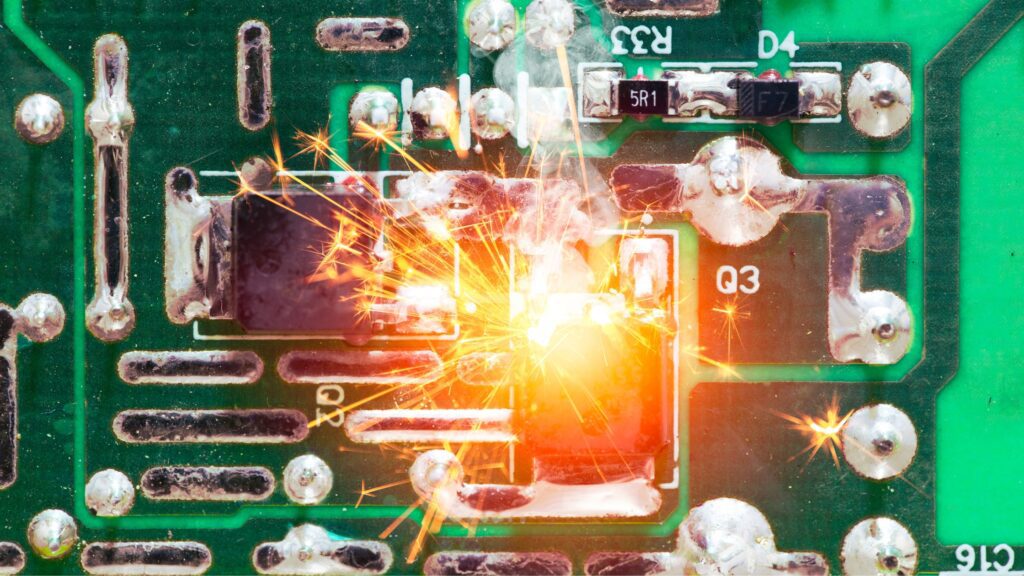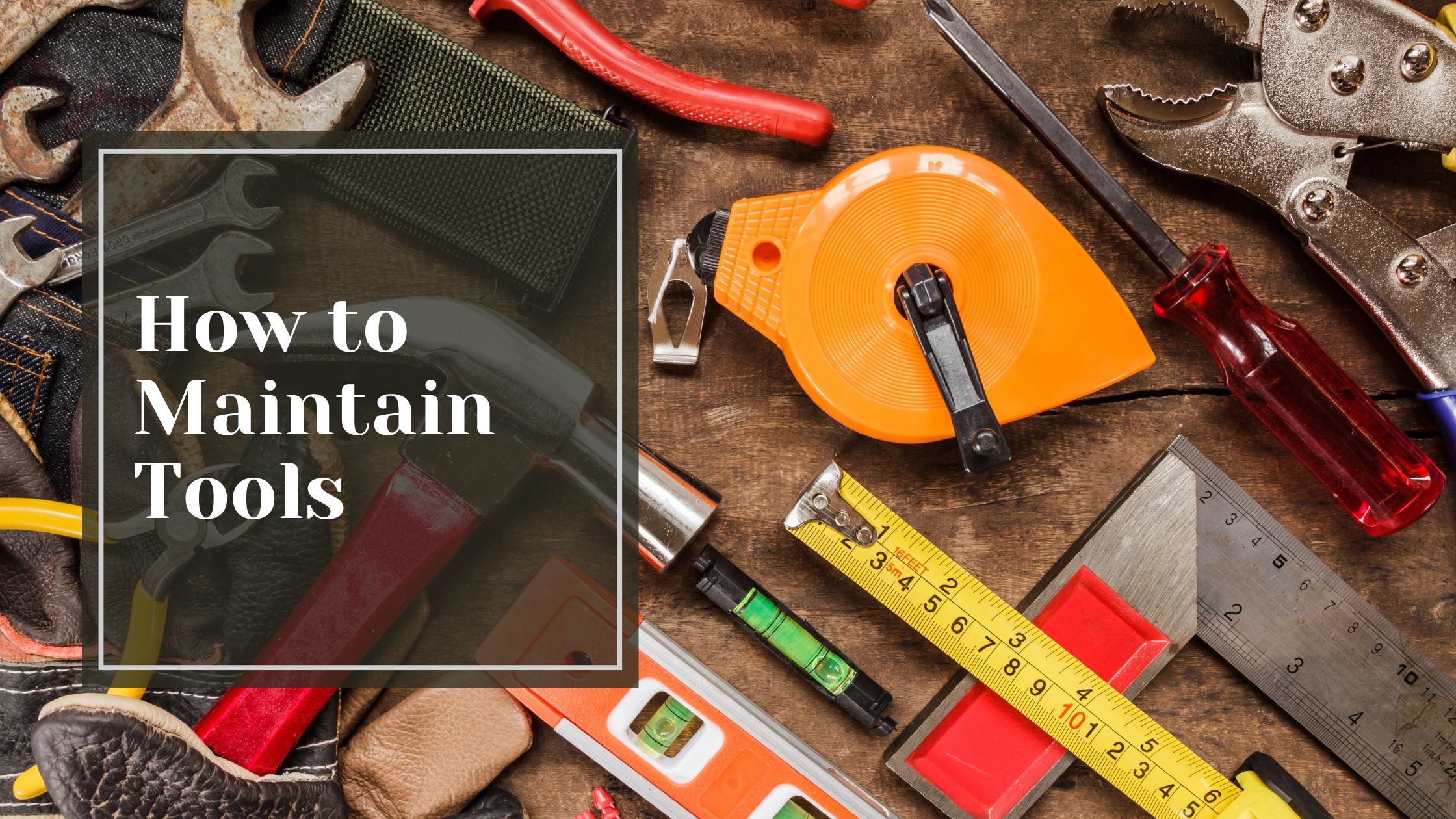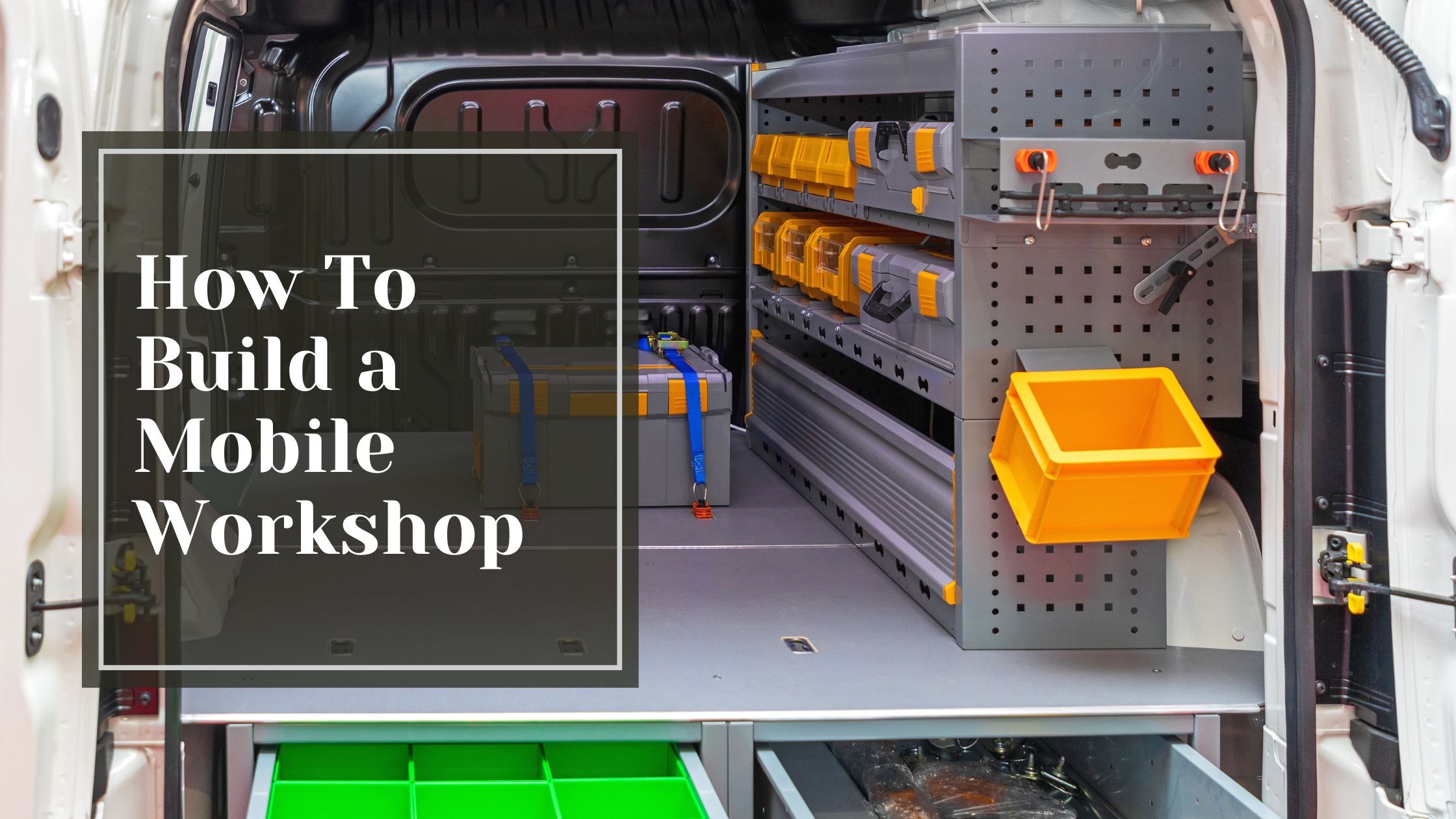Surely, there have been instances where your lights flickered or your computer turned off without any notice. These could be power surge scenarios. They can just be a nuisance or even a headache sometimes and may end up destroying some of your favorite equipment. But what is meant by a power surge and why should it bother you? This brief guide here at Talking Tradesmen will help you understand the basics of these electrical mishaps to safeguard your valuable electronics.
Table of Contents
ToggleWhat is a Power Surge?
Have you ever seen some flickering lights in the house or had the computer suddenly switch off by itself? Then this is likely to be caused by a sudden increase in voltage referred to as a power surge. But what does this term imply?
The Basics of Power Surges
Transient voltage is another name for power surges which occur when there is an abrupt rise in electrical voltage beyond the standard 120 volts used in residential electric systems. It might go up to 169V or even beyond, thereby potentially ruining your valuable electronic gadgets.
Causes of Power Surges
At times these surges are generated within homes while others come from outside buildings. Some external causes include lightning strikes and power outages whereas internal triggers may comprise:
-
- Overloading with electricity (too many devices on one circuit)
- Defective wiring
- High-powered electrical appliances that are switched either on or off
The Impact of Power Surges
Do not take these voltage spikes lightly; they can destroy your electronics in a snap or bit by bit. Indicators that there was an electric spike include:
-
- A tripped circuit breaker
- Devices resetting themselves unexpectedly or going off
- Burnt smell or scorch marks near outlets.
You might also want to protect your house and gadgets using surge protectors and ensure you don’t overload circuits. For total safeguarding, a whole-home surge protector might work best for you. Stay safe and keep those electrons in check!
The "American Electricians' Handbook, Seventeenth Edition" is a practical, on-the-job resource packed with essential information on current energy-efficient technologies, safety methods, and industry standards. With detailed explanations, diagrams, and calculations, it's an indispensable tool for electricians at all skill levels.
How Does a Power Surge Happen?
There are several causes of power surges, whether internal or external to your home. Here are the most common ones:
Internal Culprits
Did you know that more than fifty percent of all household power surges are internal? Such mini-surges occur tens of times daily whenever machines with motors start up or shut down. Your fridge, air conditioner, and even hair dryer could be responsible for unseen power spikes!
External Factors
Often, nature is responsible for external surges. Lightning strikes on utility equipment provide a dramatic demonstration of this phenomenon, sending high voltage spikes through the power lines: however, do not forget about less spectacular such as tree branches contacting live wires or small animals creeping into transformers.
Power Outage Aftermath
Ever notice your lights flickering when power returns after an outage? That’s a surge in action! The sudden influx of electricity when power is restored can cause a significant voltage spike, potentially damaging your electronics.
Overloaded Circuits
Sometimes, we’re our own worst enemies. Plugging too many power-hungry devices into one circuit can lead to an electrical overload, causing a surge. It’s like trying to force a gallon of water through a straw – something’s gotta give!
Understanding these causes is the first step in protecting your home from the zap attack of power surges. Stay tuned for tips on how to keep your electronics safe!
What Causes Power Surges?
Power surges can zap your electronics and leave you in the dark. But what’s behind these electrical troublemakers? Let’s break it down.
Internal Culprits
You might be surprised to learn that over half of household power surges come from inside your home. Yep, your appliances can be the culprits! When devices with motors start up or shut off, they can cause a brief spike in voltage. Think about your:
-
- Refrigerator
- Air conditioner
- Hair dryer
- Power tools
These energy-hungry appliances can create mini surges every time they kick on.
External Troublemakers
Of course, Mother Nature and outside factors play a role too. Lightning strikes are a classic cause, sending massive voltage spikes through power lines. But other external surge sources include:
-
- Tree limbs touching power lines
- Small animals getting into Transformers
- Power outages and restoration
When electricity is suddenly restored after a blackout, the rush of current can trigger a surge.
Wiring Woes
Don’t forget about your home’s electrical system itself. Faulty or outdated wiring can lead to power surges. If you live in an older home, it’s worth having an electrician check things out. Overloaded circuits are another common culprit – plugging too many devices into one outlet is asking for trouble!
The Effects of Power Surges
Power surges can wreak havoc on your electronics and appliances, causing both immediate and long-term damage. Let’s dive into the specific ways these electrical spikes can affect your home.
Instant Destruction
When a power surge hits, it can instantly overload and shorten the circuitry of your devices. This sudden jolt of electricity is like a tidal wave crashing through your home’s electrical system. Your TV, computer, or refrigerator might go from working perfectly to being completely fried in a split second.
Gradual Deterioration
Even if your appliances survive the initial surge, they’re not out of the woods yet. Repeated exposure to smaller surges can lead to the gradual deterioration of electrical components. This slow-burn effect shortens the lifespan of your devices, causing them to fail much earlier than they should.
Data Loss and Corruption
For your digital devices, power surges pose an additional threat. They can corrupt files or damage storage components, leading to devastating data loss. Imagine losing years of family photos or important work documents in an instant.
Fire Hazards
Perhaps most alarmingly, power surges can create serious fire risks. When surge voltages exceed the capacity of your wiring or device components, it generates excessive heat. This can potentially lead to electrical fires, putting your entire home at risk.
By understanding these effects, you can better appreciate the importance of protecting your home from power surges. Remember, prevention is always better (and cheaper) than dealing with the aftermath of surge damage.
How to Protect Your Devices From Power Surges
Install Whole-House Surge Protection
The first line of defense against power surges is a whole-house surge protector. According to Amigo Energy, this device is installed where the electrical supply enters your home, guarding against surges from the grid. It’s like a bouncer for your electrical system, keeping those pesky voltage spikes out.
Use Point-of-Use Surge Protectors
Don’t stop at whole-house protection. Just Energy recommends using high-quality surge protector power strips for individual devices. When shopping for these, look for a high joule rating – the higher, the better. It’s like giving your gadgets their bodyguards.
Unplug During Storms
Lightning strikes are a major cause of power surges. Sears Home Services suggests unplugging electronically controlled appliances during severe electrical storms. It’s a simple step that can save you from a shocking surprise.
Regular Maintenance
Don’t forget to replace your surge protectors every few years. Amigo Energy points out that these devices wear down over time. Some have indicator lights to show when they’re no longer functioning. Think of it as giving your electrical guardians a well-deserved retirement party.
By following these steps, you’ll be well on your way to keeping your devices safe from the unexpected zaps of power surges. Remember, a little protection goes a long way in preserving your precious electronics.
Master the fundamentals of electrical systems with 'Delmar's Standard Textbook of Electricity.' Ideal for journeyman electricians, this concise guide covers essential principles for installing, repairing, and troubleshooting electrical components.
What Is a Power Surge
So there you have it – the lowdown on power surges. While they may seem like no big deal, these electrical spikes can seriously mess with your devices and appliances if left unchecked. But don’t stress! Now that you know the signs and causes, you’re armed with the knowledge to protect your home. Invest in some surge protectors, consider whole-house protection, and keep an eye out for warning signs. A little prevention goes a long way in keeping your gadgets safe and your electric bill in check. Stay savvy about surges, and you’ll be powering through with peace of mind in no time!
Frequently Asked Questions
What Is A Power Surge?
A power surge, also known as transient voltage, is a sudden increase in electrical voltage beyond the standard 120 volts used in homes. It can damage electronic devices by overwhelming their circuits with excess energy.
What Causes A Power Surge?
Power surges can be caused by both internal and external factors. Internal causes include overloaded circuits or appliances turning on and off, while external causes include lightning strikes, power outages, and faulty wiring.
How Can I Protect My Devices From A Power Surge?
To protect your devices, you can install whole-house surge protectors and use point-of-use surge protector power strips for individual electronics. Unplugging devices during storms and maintaining your electrical system can also help.
What Are The Effects Of A Power Surge On Electronics?
Power surges can instantly destroy electronics by overloading their circuits or cause gradual deterioration of their internal components. In some cases, they can also lead to data loss or create fire hazards in your home.
Can A Power Surge Happen Without Notice?
Yes, power surges can happen suddenly and without any warning signs. Flickering lights, unexpected device shutdowns, or a tripped circuit breaker are common indicators that a power surge has occurred.

